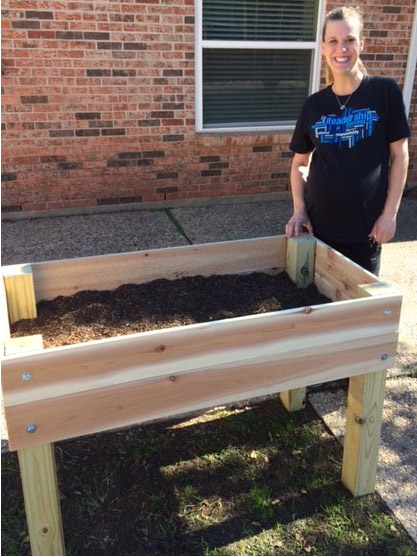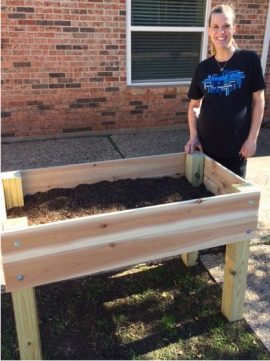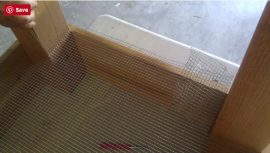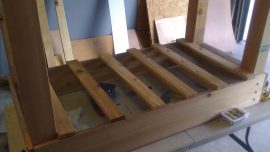In the post-acute rehabilitation setting, we see many different types of patients from different socioeconomic backgrounds, ethnicities and cultures, as well as different prior levels of function. As occupational therapy professionals, it is our job to identify the needs of our different patient populations and address a treatment plan that allows for a safe return to prior levels of function. Oftentimes, this includes our independent activities of daily living in our community-dwelling older adult population. I strongly feel that while basic ADLs definitely have a role in the SNF setting, with insurance companies constantly looking for progress in these areas, IADLs have been largely overlooked in this setting.
At my facility, I have been working diligently to expand our role with IADL retraining. I believe that IADLs are not only important for a successful return to a prior level of function, but also as a treatment modality to be implemented according to our occupation-based principles. In my experience, many patients demonstrate improved standing activity tolerance, functional reach and dynamic balance when engaged in valued IADL tasks.
As such, my goal with this article is to encourage and provide resources for occupational therapy departments in developing IADL programs. Of importance to note is that the majority of the items for these programs were purchased from dollar stores or using items already around the rehab department. If you have additional questions, feel free to contact our department.
Meal Preparation/Cooking
When addressing meal preparation or cooking, we first identify the patient’s prior level of cooking. In order to best assess safety with these different aspects, we obtained a hot plate to simulate a stovetop and a toaster oven to simulate an oven, in addition to the microwave we already had available in our kitchen. Besides the standard safety assessment with cooking (can the patient turn off the hot plate/stove, reach all necessary items and handle hot items with caution?), it is also important to assess the ability to follow multi-step directions. Challenge the patient or adapt/grade the task accordingly from a three-step meal to a five-step meal and vice versa.
Grocery Shopping
For grocery shopping, I created a simple activity using items purchased from the dollar store or found around my home. With the help of our rehab aide, we affixed labels as price tags to the food items and created various shopping lists. Each shopping list incorporates different levels of difficulty. With the task, the patient can also practice money management and organizational skills, as well as identify potential issues related to item retrieval tasks with a new AD.
Community Reintegration
Depending on the socioeconomic status of the patient, both the physical therapist and the occupational therapist can be important in addressing community mobility options for the patient. Community mobility can be important in the patient’s ability to attend future medical or outpatient therapy appointments. As such, we developed a public transportation program to enhance our community reintegration services. The patient can practice identifying bus routes and estimating times and can even participate in an actual bus outing.
Medication Management
One of the first steps we try to address with new patients with a high PLOF is to assess their ability to manage new medications using an assessment tool. We can also practice using the patient’s own medication regimen and
beads to improve the patient’s ability to manage medications upon discharge. Furthermore, we are able to provide necessary recommendations regarding the type of pillbox (one time per day, two times per day, four times per day, etc.) and potential need for assistance or reminders via a phone or an alarm.
Other IADLs
In addition, other IADLs and leisure tasks can also be important to address in improving functional outcomes for our community-dwelling population as well as improving motivation with participation in therapy programs. Other programs that we have expanded upon at our facility are gardening, laundry and item retrieval tasks. My next project and goal is to develop a simulated pet care program to include feeding, washing and grooming, as many patients state this as one of their main goals and prior activities.
By Kathryn Case, OTR/L, Magnolia Post Acute Care, El Cajon, CA







